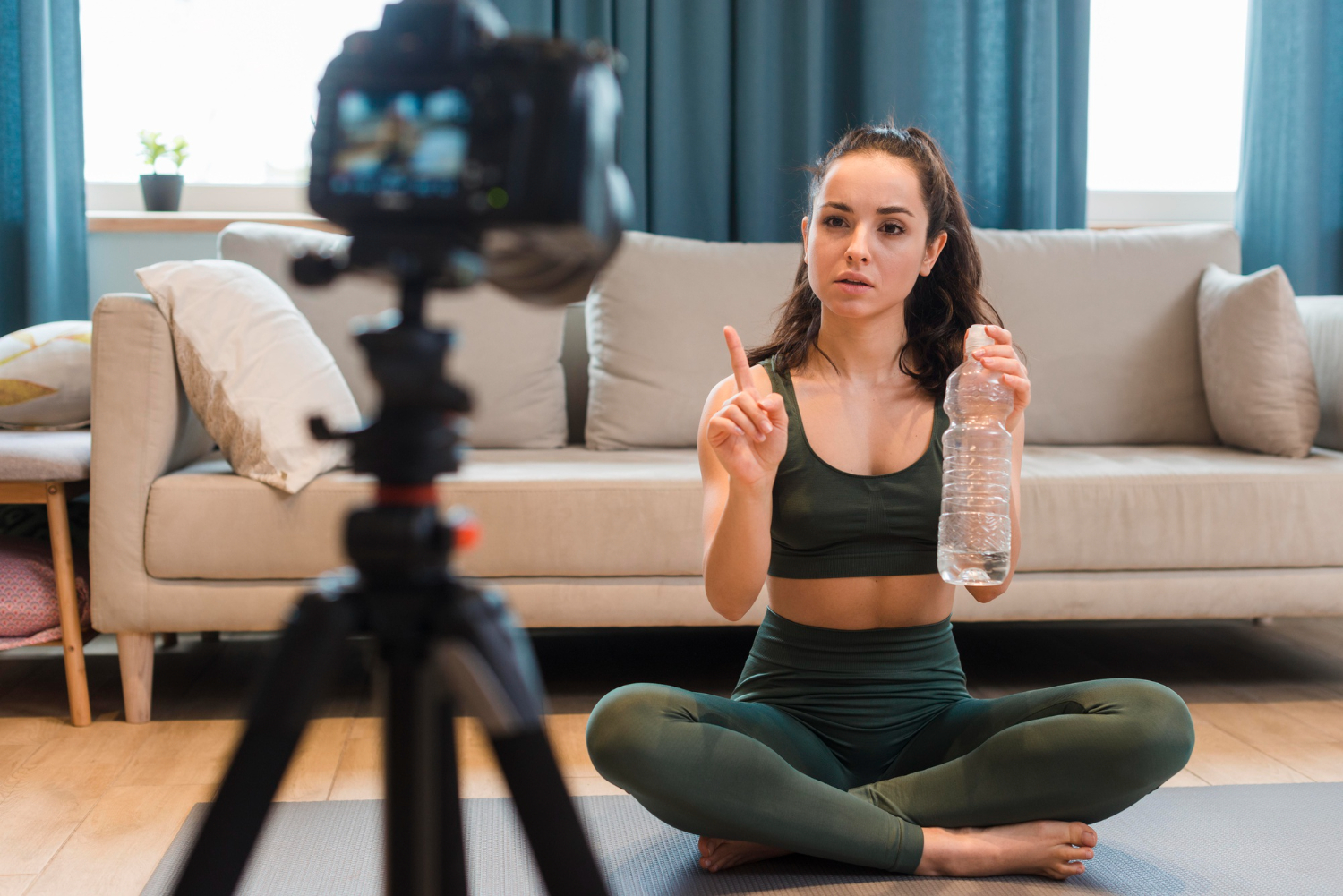
Sarcopenia is the age-related loss of muscle mass, often accompanied by problem with gait and balance. Another common issue is a drop in blood pressure when standing up from sitting or lying down, known as postural hypotension. The risk of falls greatly increases with age. It often results in injury such as hand fractures, activity limitations, as well as psychological consequences. chronic conditions, age-related changes and the effect of medication enhance the risk of falls. Falls aren’t just a concern for the elderly; they’re a silent threat across all ages and fitness levels. Falls result in more years lived with disability than drowning, burns, poisoning, and transport injuries combined! Falls are the most common cause of traumatic brain injuries (TBIs) and hip fractures in older adults. Even a single fall can lead to loss of independence, institutionalisation, and chronic disability
Whether you're a weightlifter with tight hips or a sedentary soul with weakened ankles, the risk is real. It’s not about strength alone; it’s about mobility, balance, and body awareness. Yoga, with its multidimensional approach, offers a path to reclaiming these foundational qualities.
During travels through parts of Asia, a striking contrast emerged. In one country, many individuals appeared fit by Western standards, lean, muscular, and disciplined. Yet stiffness and shortness of breath were common. In another, bodies were often leaner, even frail by comparison, but moved with a fluid grace, squatting easily, sitting cross-legged, and navigating uneven terrain with ease. This contrast reveals something profound: fitness without flexibility is incomplete. And flexibility without strength can leave us vulnerable. Yoga bridges both.
Yoga doesn’t just stretch, it teaches the body how to move with intention, how to stabilise from the inside out, and how to respond to imbalance before it becomes injury.
The importance of Yoga in daily activity helps to strengthen the lower limbs, aiding in the prevention of falls. Yoga helps to improve mobility and balance in poses such as the warrior force and tree pose. Focusing on enhancing coordination, stability and stability while maintaining the equilibrium during movement. The poses, such as the mountain pose, engage the balance in the lower body, which is recommended for the prevention of falls. Chair yoga is beneficial among individuals who have limitations in mobility. There is an enhanced range of motion and flexibility which is obtained through yoga. Unlike isolated strength training or cardio routines, yoga integrates breath, movement, and mindfulness. It strengthens the muscles that protect joints, improves range of motion, and cultivates the awareness needed to prevent falls. This is true whether you're 25 or 75.
Flexibility isn’t a pose; it is how we adapt, recover, and respond. Whether you're recovering from injury, aging gracefully, or simply seeking to move with more ease, yoga offers a path to resilience, responsiveness, and rootedness. It is not just about touching your toes; it isabout staying upright, steady, and strong in every season of life. Improvement in the balance and physical function infuses confidence among individuals that I encourage and an independent and active lifestyle.
Incorporate yoga into your daily activities and witness the change for yourself.